Home>Dining>Tableware>How To Properly Place A Rug Under A Dining Table
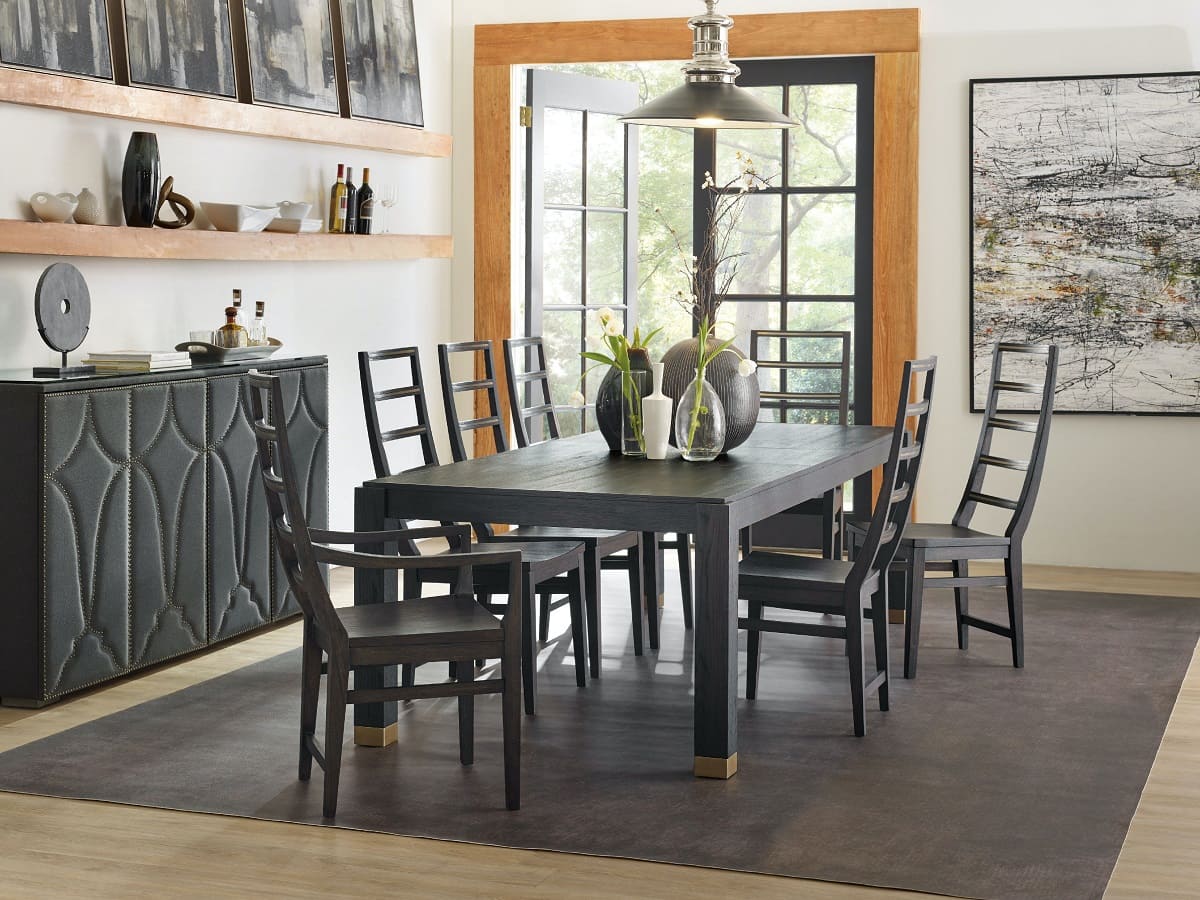

Tableware
How To Properly Place A Rug Under A Dining Table
Modified: January 19, 2024
Discover the proper way to place a rug under your dining table with our expert tips. Create a stylish and functional tableware setup that enhances your dining experience.
(Many of the links in this article redirect to a specific reviewed product. Your purchase of these products through affiliate links helps to generate commission for Storables.com, at no extra cost. Learn more)
Introduction
Welcome to our guide on how to properly place a rug under a dining table. Adding a rug to your dining area not only enhances the aesthetics but also provides functionality by protecting your flooring and reducing noise. However, it’s important to choose the right size rug and properly position it to ensure a harmonious and functional space.
In this article, we will walk you through the process of selecting the right size rug, positioning it under your dining table, allowing for chair movement, styling tips, and maintaining and cleaning your rug. Let’s dive in!
Key Takeaways:
- Choose a rug that is at least 24 inches larger than your dining table to accommodate chair movement. Centered or off-centered placement can create a balanced or unique look, enhancing your dining area’s aesthetic and functionality.
- Coordinate rug colors with existing elements and mix patterns and textures to add visual interest. Regular vacuuming and prompt spot cleaning help maintain the rug’s freshness, ensuring a cozy and inviting dining space.
Read more: How To Put A Rug Under A Dining Table
Choosing the Right Size Rug
When it comes to choosing the right size rug for your dining area, there are a few key factors to consider. The size of your dining table, the shape of the room, and the surrounding furniture all play a role in determining the appropriate rug size.
Factors to Consider:
- Dining Table Size: Measure the length and width of your dining table and add at least 24 inches to each side. This allows enough space for the chairs to sit comfortably on the rug, even when pulled out.
- Room Size and Shape: Consider the overall size and shape of the room. If you have a small dining area, a round or square rug can work well. For larger rooms, a rectangular rug can help define the eating space.
- Surrounding Furniture: Take into account any additional furniture pieces that are placed around the dining table. Ensure that the rug is large enough to accommodate these pieces without crowding the space.
Guidelines for Placement:
- Centered Placement: The most common placement option is to center the rug directly under the dining table with equal space on all sides. This creates a symmetrical and balanced look.
- Off-Centered Placement: For a more unique and visually interesting design, you can choose to position the rug slightly off-center. This can work well in open-concept spaces or when you want to create a focal point.
By considering these factors and following the placement guidelines, you can ensure that your rug fits the space perfectly and enhances the overall aesthetic of your dining area.
Positioning the Rug
Once you’ve chosen the right size rug for your dining area, it’s time to position it under the table. The placement of the rug can greatly impact the overall look and feel of the space. Let’s explore two popular options: centered placement and off-centered placement.
Centered Placement:
In a centered placement, the rug is positioned directly under the dining table with equal space on all sides. This provides a symmetrical and balanced look, creating a cohesive and harmonious design. To achieve this placement, follow these steps:
- Measure the length and width of the dining table and mark the center point.
- Place the rug underneath the table, aligning the center point of the rug with the center point of the table.
- Ensure there is an equal amount of space around all sides of the table to maintain balance.
Off-Centered Placement:
If you’re looking to add a touch of creativity and visual interest to your dining area, you can opt for an off-centered placement. This can work well in open-concept spaces or when you want to create a focal point in the room. To achieve this placement, follow these steps:
- Decide how much off-center you want the rug to be. This could be a few inches or a larger span, depending on your preference.
- Measure and mark the desired position for the rug.
- Place the rug under the dining table, aligning the mark with the corresponding edge of the table.
- Ensure that there is enough space on the opposite side of the table for chairs to be comfortably placed on the rug.
Whether you choose a centered or off-centered placement, make sure that the rug extends beyond the edges of the dining table and accommodates the dining chairs. This will create a cohesive and functional space that is visually appealing.
Allowing for Chair Movement
When placing a rug under a dining table, it is important to allow for proper chair movement. The last thing you want is for chairs to get caught on the edge of the rug or create an unstable and uncomfortable seating arrangement. Here are some tips to ensure adequate space and enhance chair mobility:
Ensure Adequate Space:
When positioning the rug, make sure there is enough space around the dining table for chairs to be easily pulled in and out without getting caught on the edge of the rug. A good rule of thumb is to leave approximately 24-36 inches of space between the edge of the rug and the surrounding walls or furniture. This allows for comfortable movement and prevents any potential accidents.
Using Rug Protectors:
If you have a rug with a higher pile or a delicate material, using rug protectors can help with chair movement and prevent any potential damage to the rug or the floor underneath. Rug protectors, such as caster cups or glides, can be attached to the legs of the chairs to allow for smoother and more controlled movement. These can also help distribute the weight of the chair more evenly, reducing the chance of indentation marks on the rug.
By ensuring adequate space around the dining table and using rug protectors, you can create a seamless and functional dining area where chairs can move freely without causing any damage or discomfort. This allows for a more enjoyable dining experience for you and your guests.
When placing a rug under a dining table, make sure it is large enough for the chairs to remain on the rug even when pulled out. This will prevent the chairs from catching on the edge of the rug.
Styling Tips for Rug and Dining Table
Once you have chosen the right size rug and positioned it under your dining table, it’s time to focus on styling and enhancing the overall aesthetic of your dining area. Consider these tips for coordinating colors and mixing patterns and textures:
Coordinating Colors:
When selecting a rug for your dining area, consider the colors already present in the space, including the dining table, chairs, walls, and accessories. Look for a rug that complements or coordinates with these existing colors. You can opt for a rug that matches the color scheme of the room or choose a contrasting color to add visual interest. Neutral-colored rugs are versatile and can easily blend with any decor style, while bold and vibrant rugs can make a statement and add a pop of color to the room. Remember to strike a balance between the rug and the rest of the elements in the dining area to create a cohesive and harmonious look.
Mixing Patterns and Textures:
If you’re feeling adventurous, consider mixing patterns and textures to add depth and visual intrigue to your dining area. Mixing patterns can be done by choosing a rug with a different pattern than the dining table or by layering multiple rugs of varying patterns. However, it’s important to strike a balance and ensure that the patterns complement each other and do not create visual chaos. One option is to select a rug with a subtle pattern and use the dining table as a focal point, while another is to opt for a bolder pattern on the rug and a simpler dining table design. Mixing textures can be done by pairing a plush or shaggy rug with a smooth and sleek dining table surface, or by using a natural fiber rug with a wooden dining table for a rustic and textured look. The key is to experiment and find combinations that create visual interest and reflect your personal style.
By coordinating colors and mixing patterns and textures, you can create a visually appealing and stylish dining area that reflects your personality and enhances the overall ambiance of the space.
Read more: What Kind Of Rug Under Dining Table?
Maintaining and Cleaning the Rug
Proper maintenance and regular cleaning are essential to keep your rug under the dining table looking fresh and beautiful. Here are some tips for maintaining and cleaning your rug:
Regular Vacuuming:
Vacuum your rug on a regular basis to remove dust, dirt, and debris that can accumulate over time. Use a vacuum cleaner with a beater brush or adjustable height setting to ensure that the rug is thoroughly cleaned. Pay close attention to the areas under the dining table and chairs, as these areas tend to accumulate more dirt. Vacuum both sides of the rug if possible, especially if it has a high pile or intricate patterns.
Spot Cleaning Tips:
Inevitably, spills and stains may occur in the dining area. It’s important to address them as soon as possible to prevent them from setting into the rug fibers. Here are some spot cleaning tips:
- Act quickly: As soon as a spill occurs, blot it with a clean cloth or paper towel to absorb as much liquid as possible. Avoid rubbing, as it may push the stain deeper into the rug fibers.
- Gentle cleaning solution: Mix a mild detergent with warm water, according to the manufacturer’s instructions. Test the solution on an inconspicuous area of the rug first to ensure it doesn’t cause any fading or damage. Gently blot the stained area with the solution using a clean cloth or sponge.
- Blot, don’t scrub: Continue blotting the stained area with the cleaning solution until the stain lifts. Avoid scrubbing, as it may damage the rug fibers.
- Rinse and dry: After spot cleaning, rinse the area with clean water to remove any leftover detergent residue. Blot the area with a clean, dry cloth to remove excess moisture. Allow the rug to air dry completely before placing furniture back on it.
Additionally, consider professional rug cleaning at least once a year to deep clean and maintain the overall condition of the rug. Professional cleaning can help remove deep-seated dirt and stains that regular vacuuming may not be able to tackle.
By regularly vacuuming your rug and promptly addressing spills and stains with appropriate spot cleaning techniques, you can extend the lifespan of your rug and keep it looking fresh and inviting for years to come.
Conclusion
Placing a rug under your dining table is a great way to enhance the aesthetics and functionality of your dining area. By considering the size of your dining table, the shape of the room, and surrounding furniture, you can choose the right size rug that fits the space perfectly. Whether you opt for a centered or off-centered placement, ensure there is enough space around the table for chairs to move freely.
When selecting a rug, coordinate the colors with the existing elements in the room and consider mixing patterns and textures to add visual interest. Regular maintenance, such as vacuuming the rug, helps to keep it clean and free from dust and debris. In the event of spills or stains, promptly address them using gentle cleaning solutions and blotting techniques to prevent them from setting into the fibers.
Properly placing and maintaining a rug under your dining table not only enhances the overall look of the space but also provides a comfortable and functional dining experience. Whether you’re hosting a lavish dinner party or enjoying a casual family meal, a well-placed and well-maintained rug adds warmth and style to your dining area.
Remember to regularly clean and maintain your rug, experiment with different styles and patterns, and most importantly, enjoy the inviting and cozy atmosphere that a rug adds to your dining space. Bon appétit!
Frequently Asked Questions about How To Properly Place A Rug Under A Dining Table
Was this page helpful?
At Storables.com, we guarantee accurate and reliable information. Our content, validated by Expert Board Contributors, is crafted following stringent Editorial Policies. We're committed to providing you with well-researched, expert-backed insights for all your informational needs.
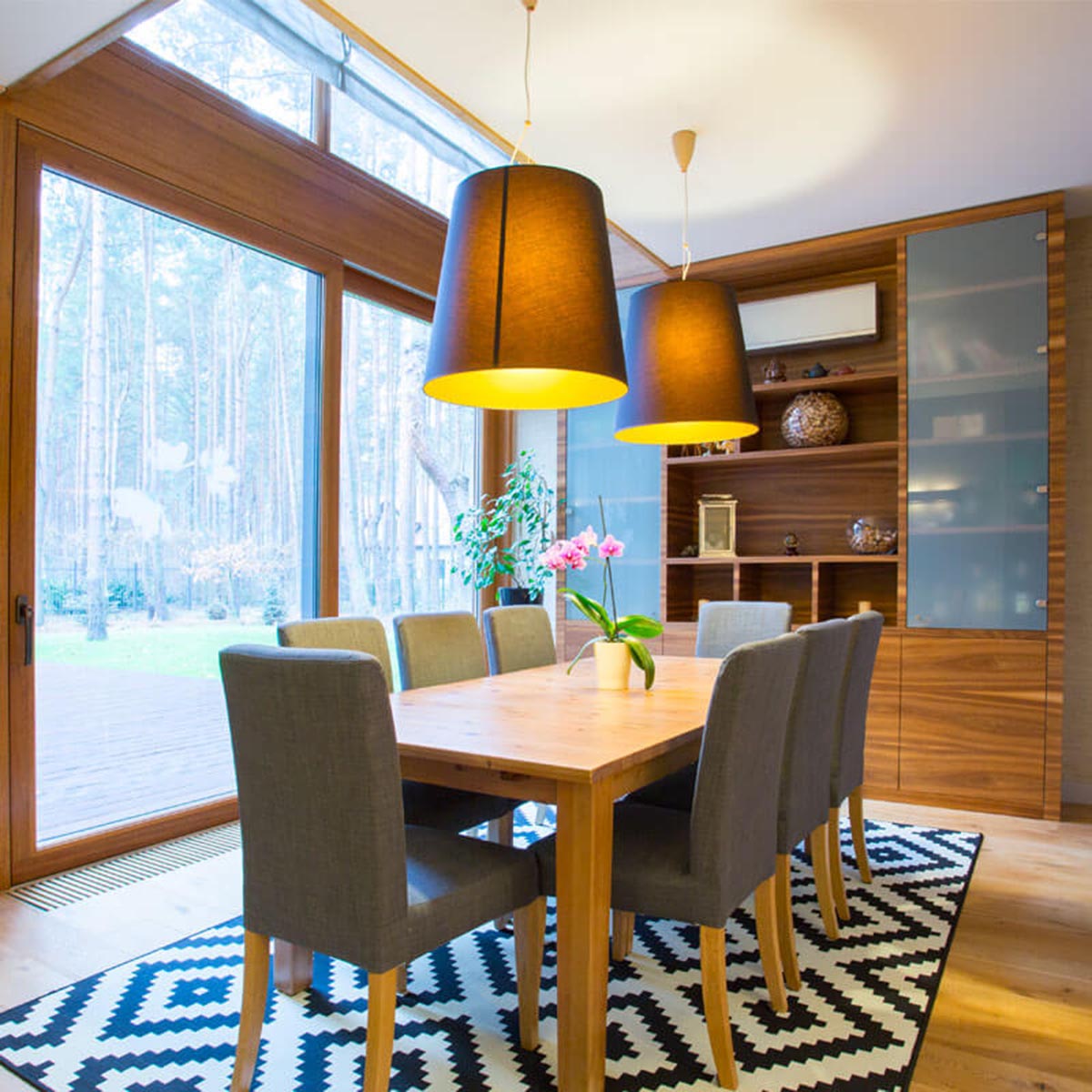
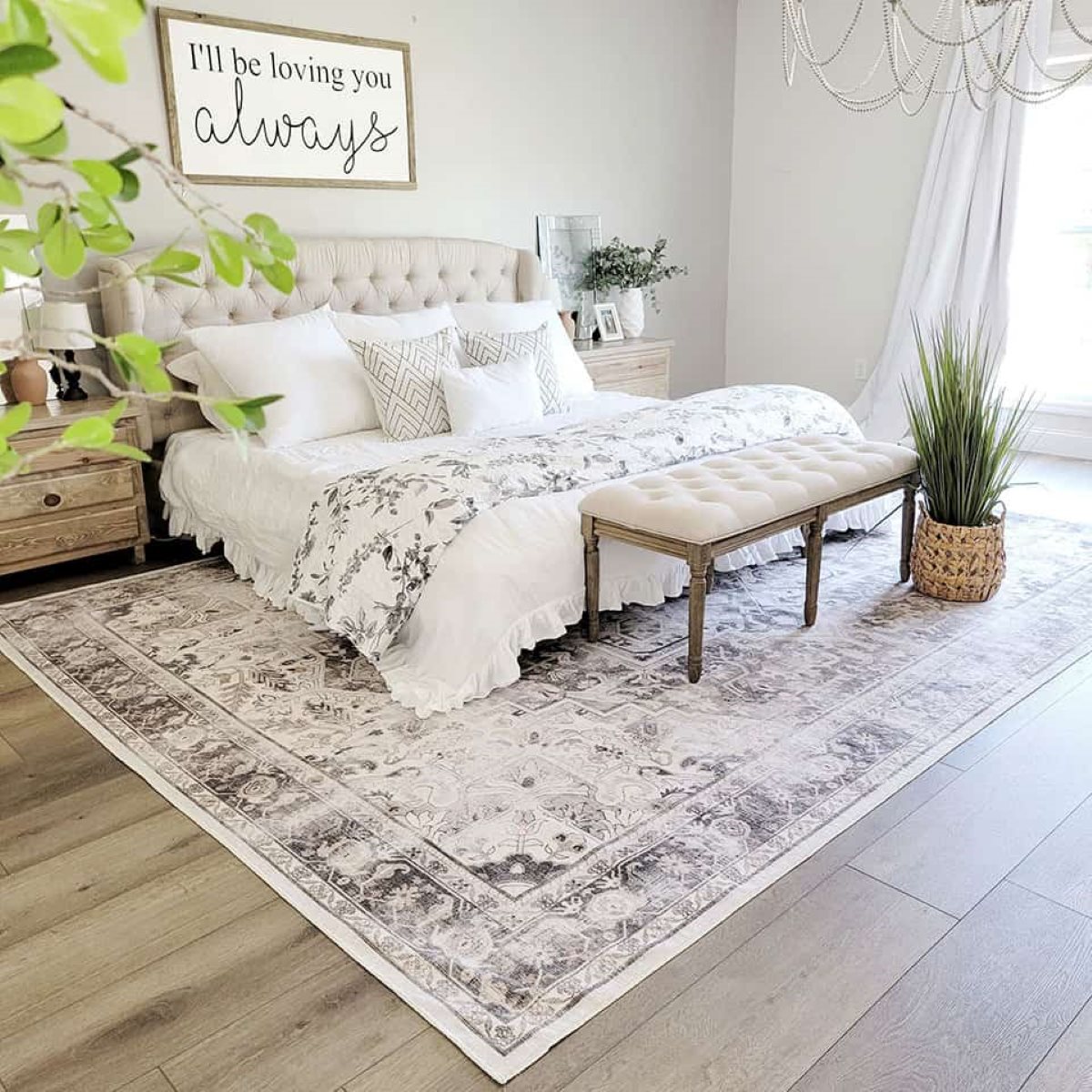
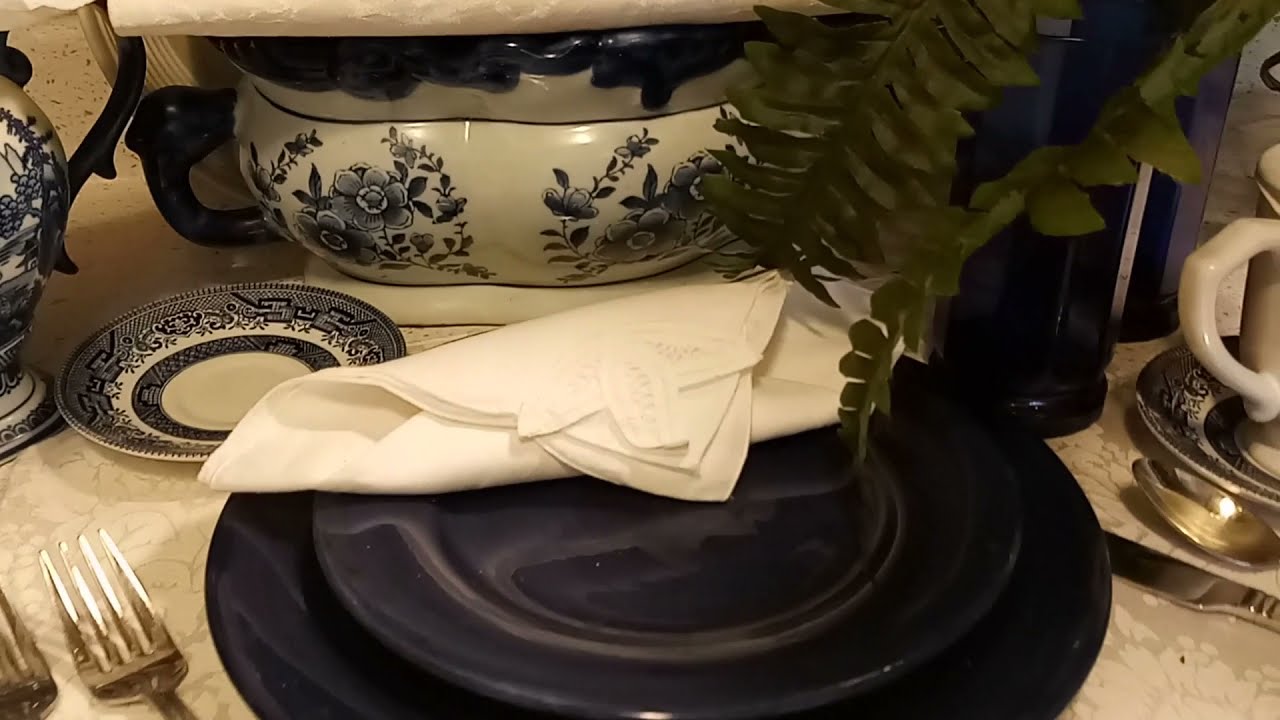
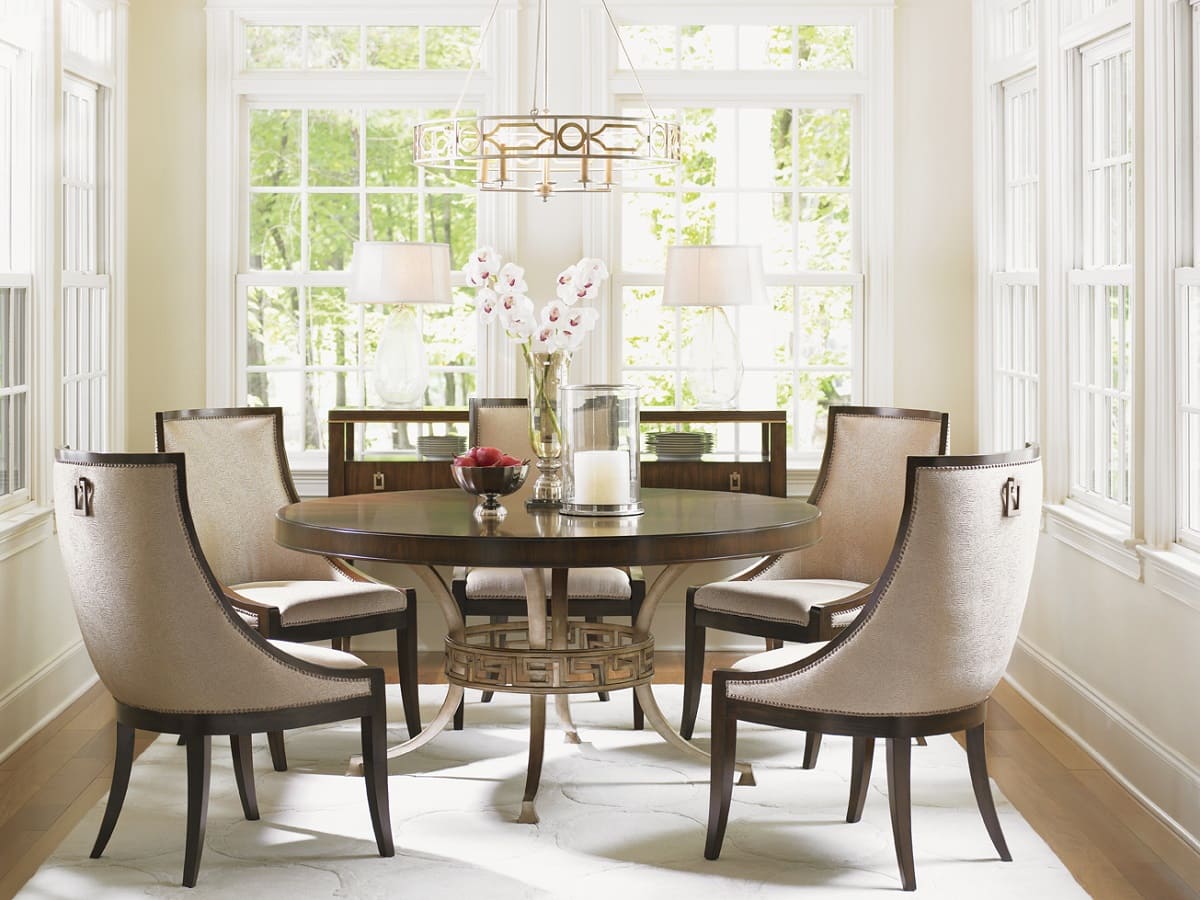
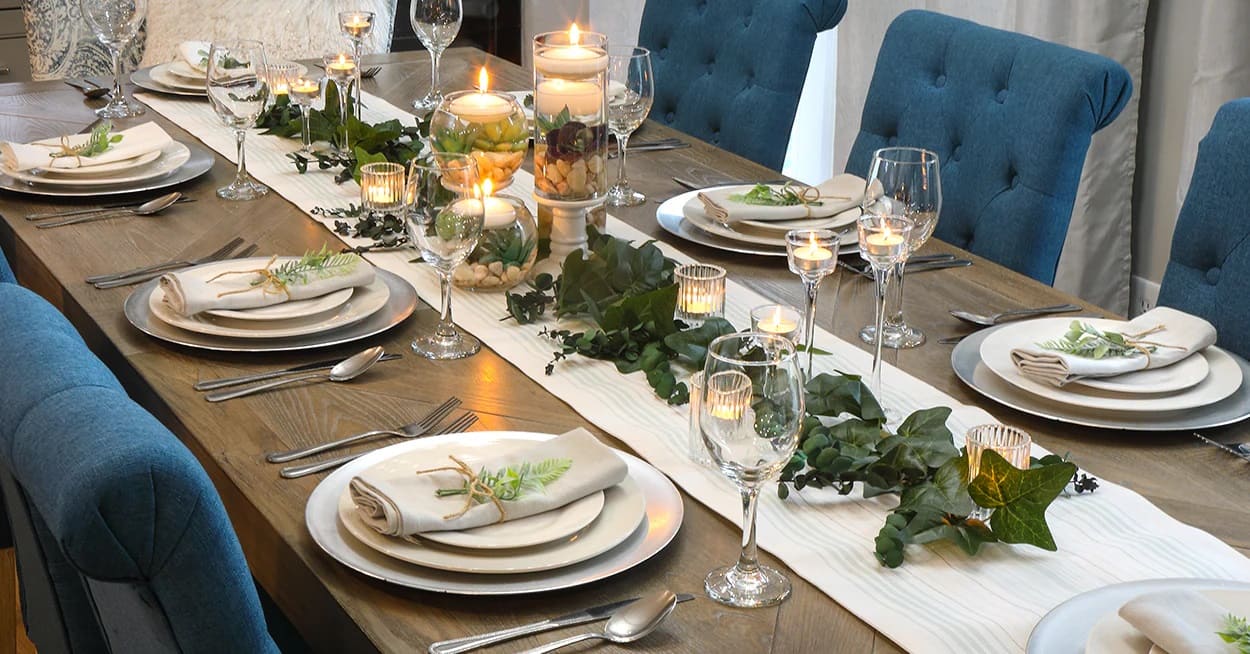
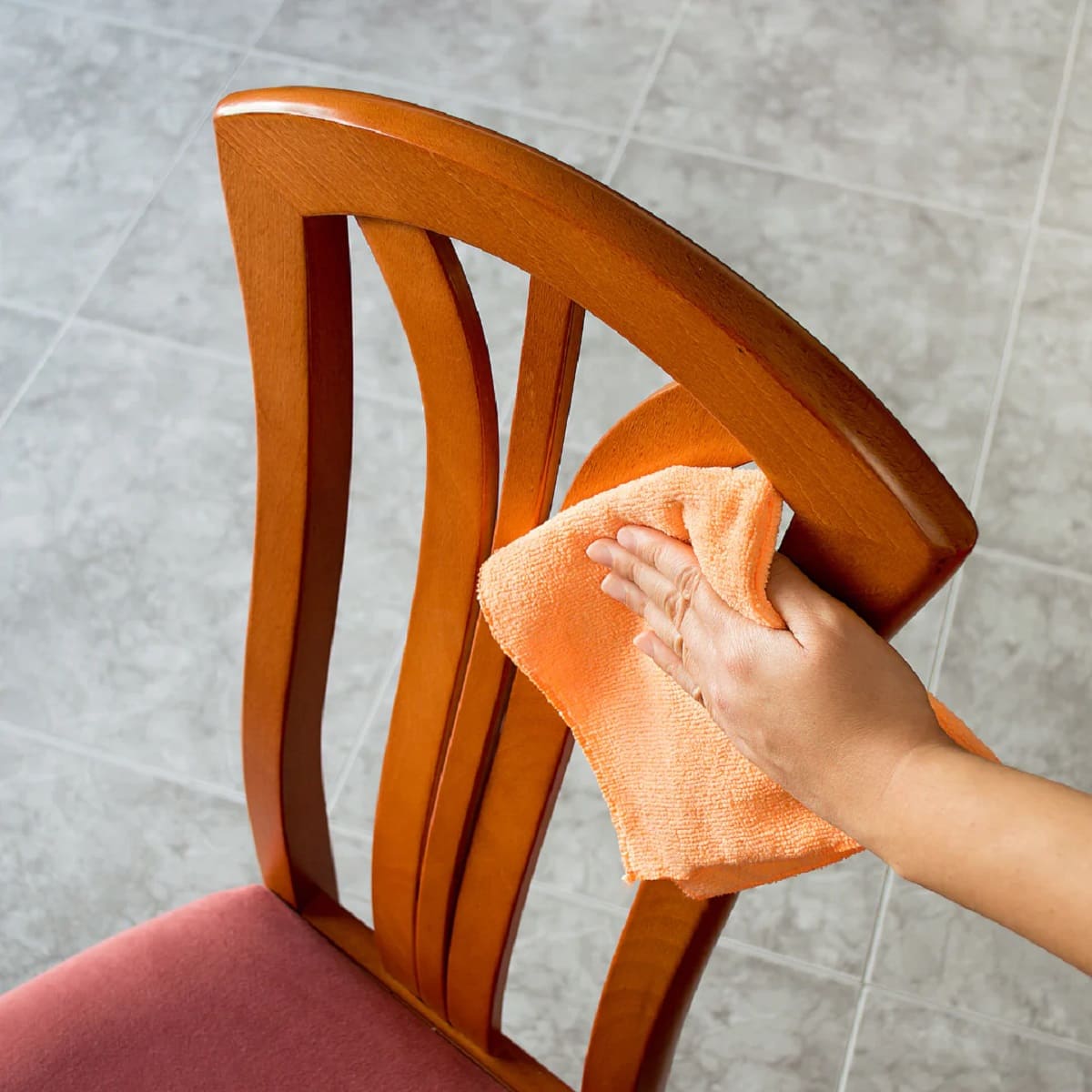
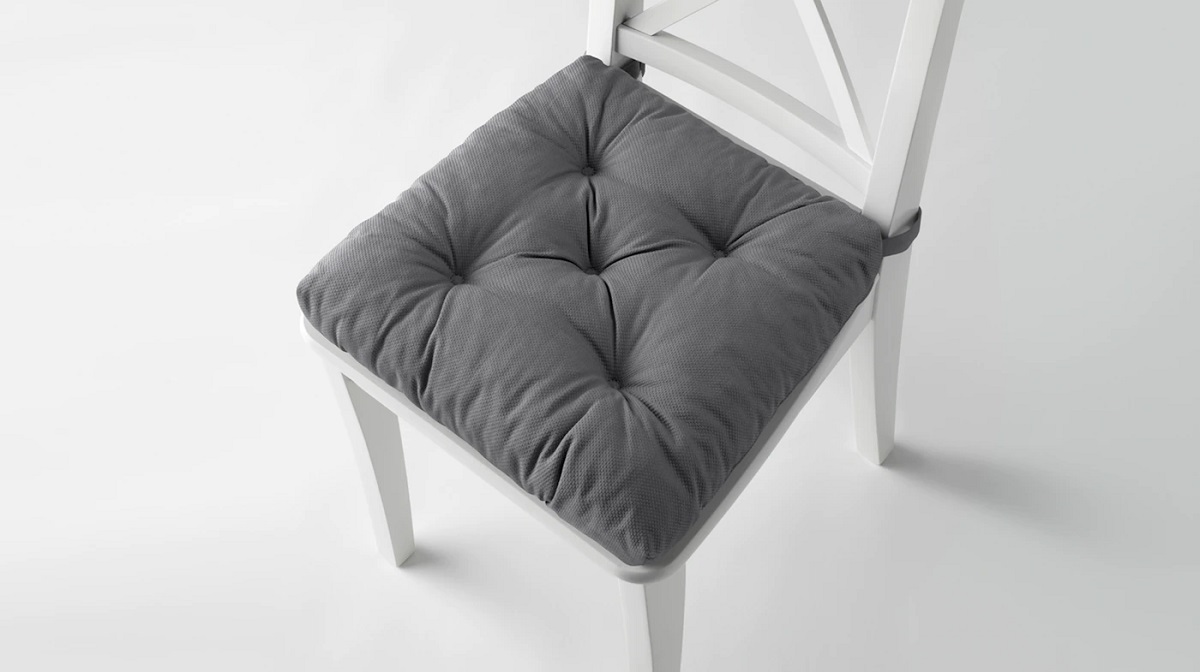

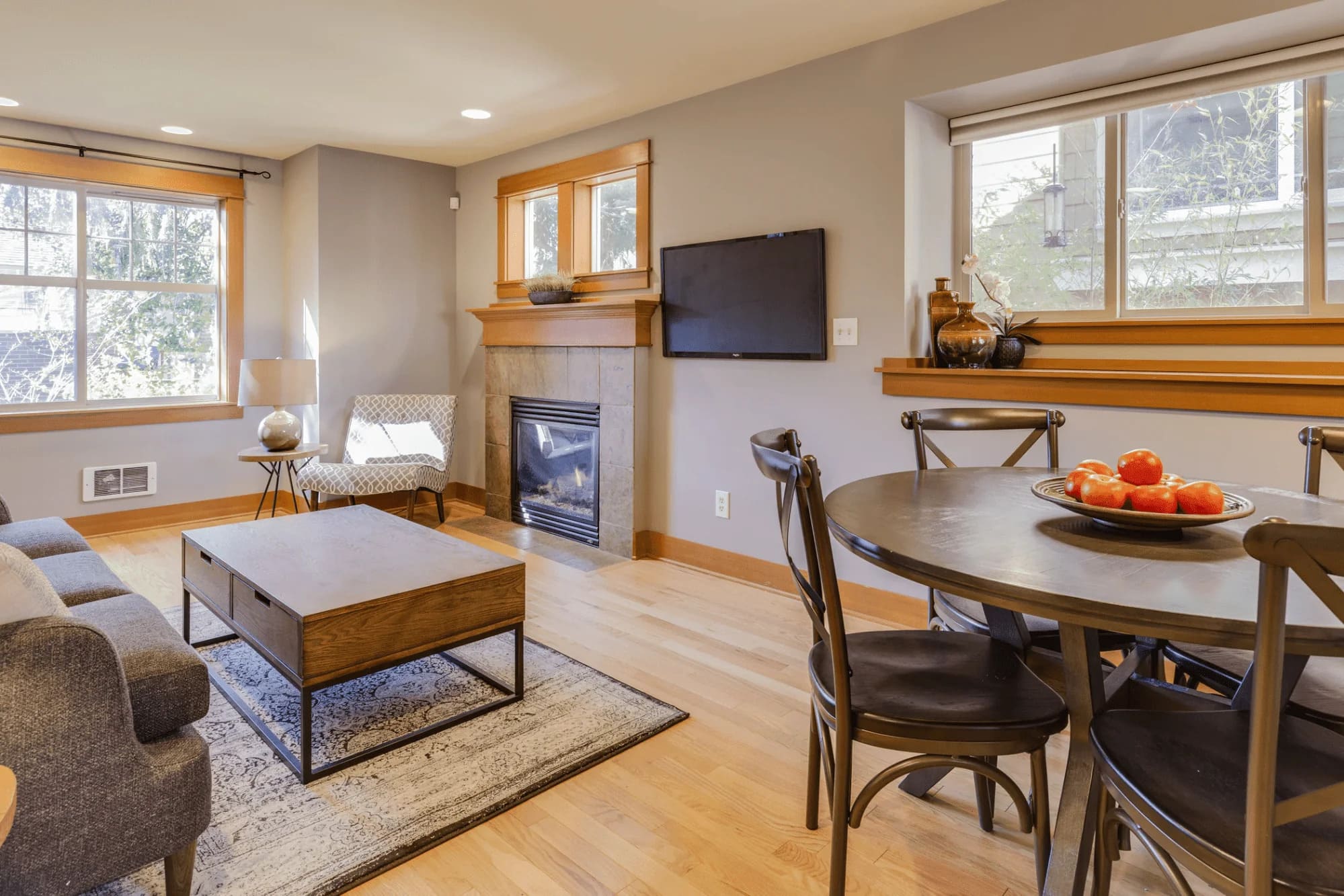
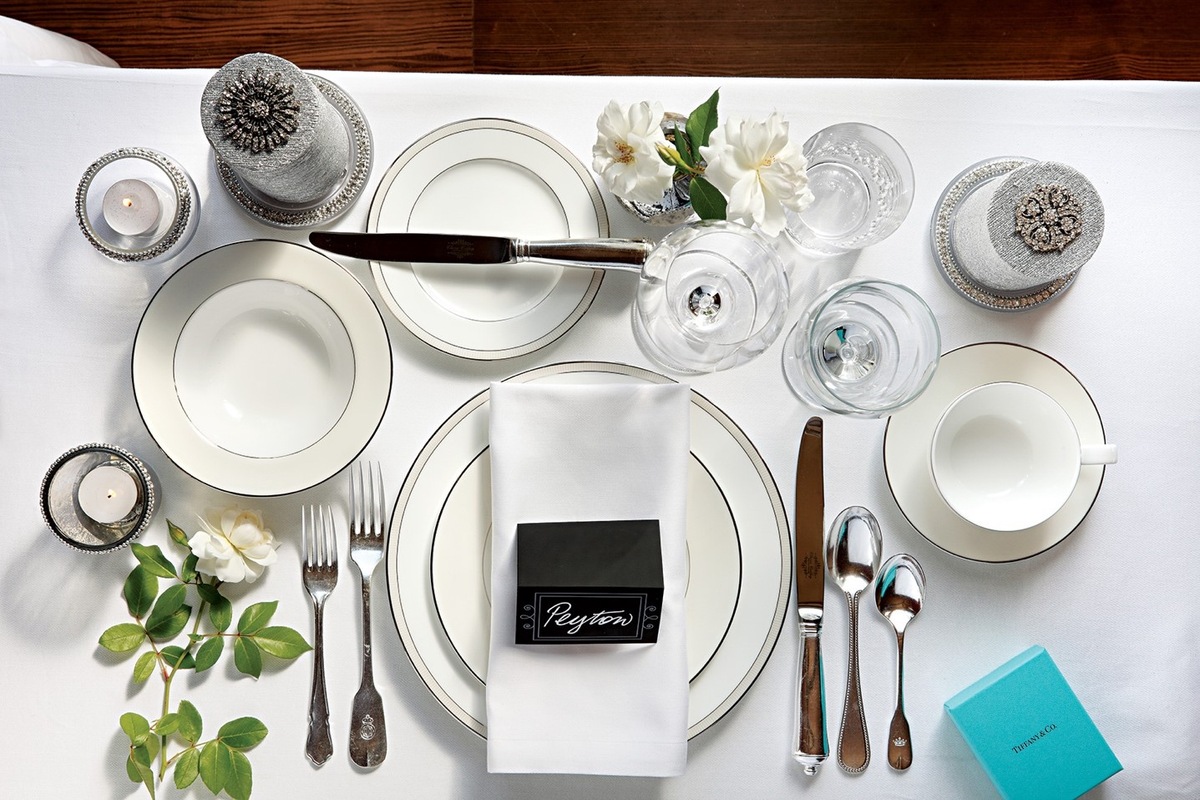
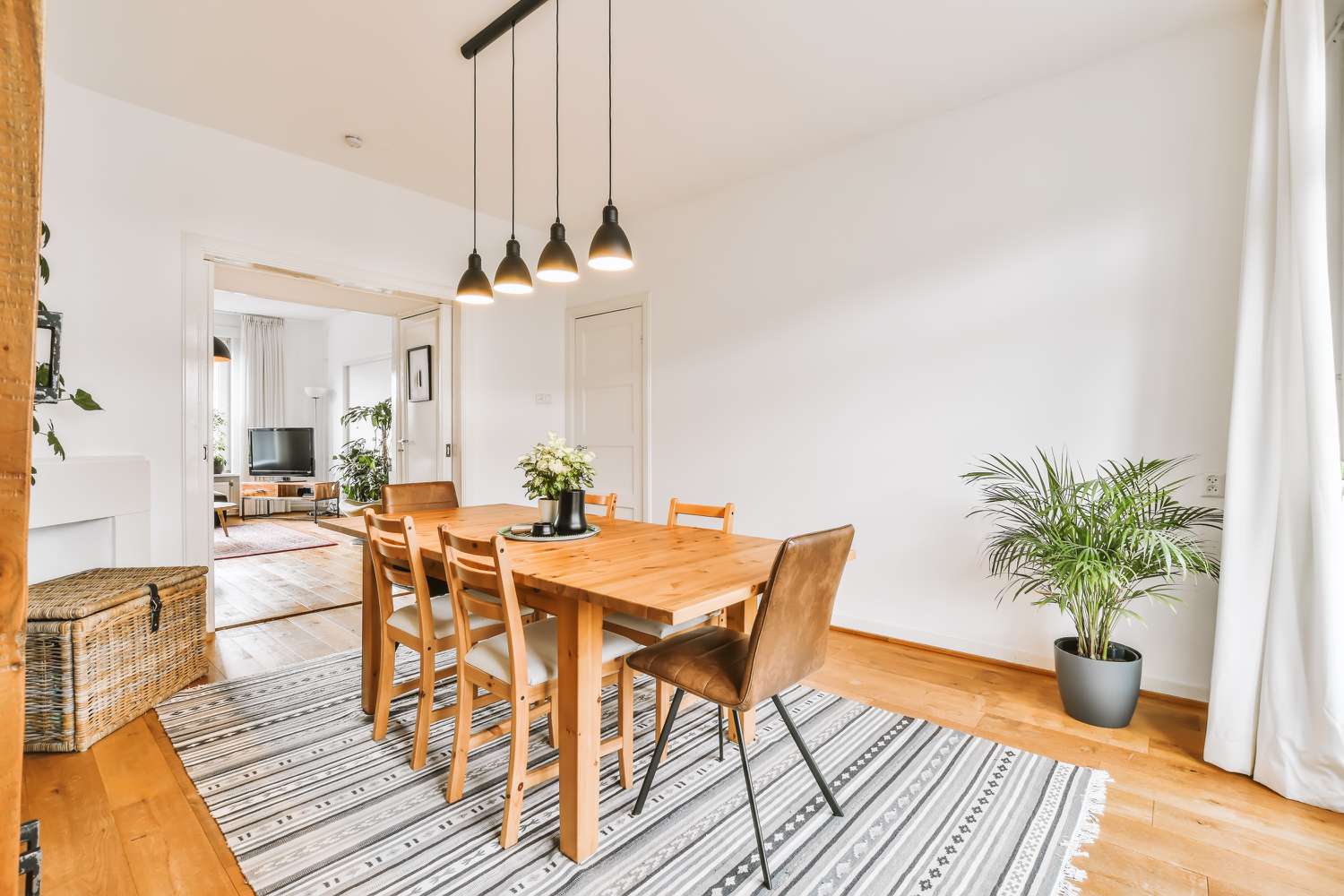

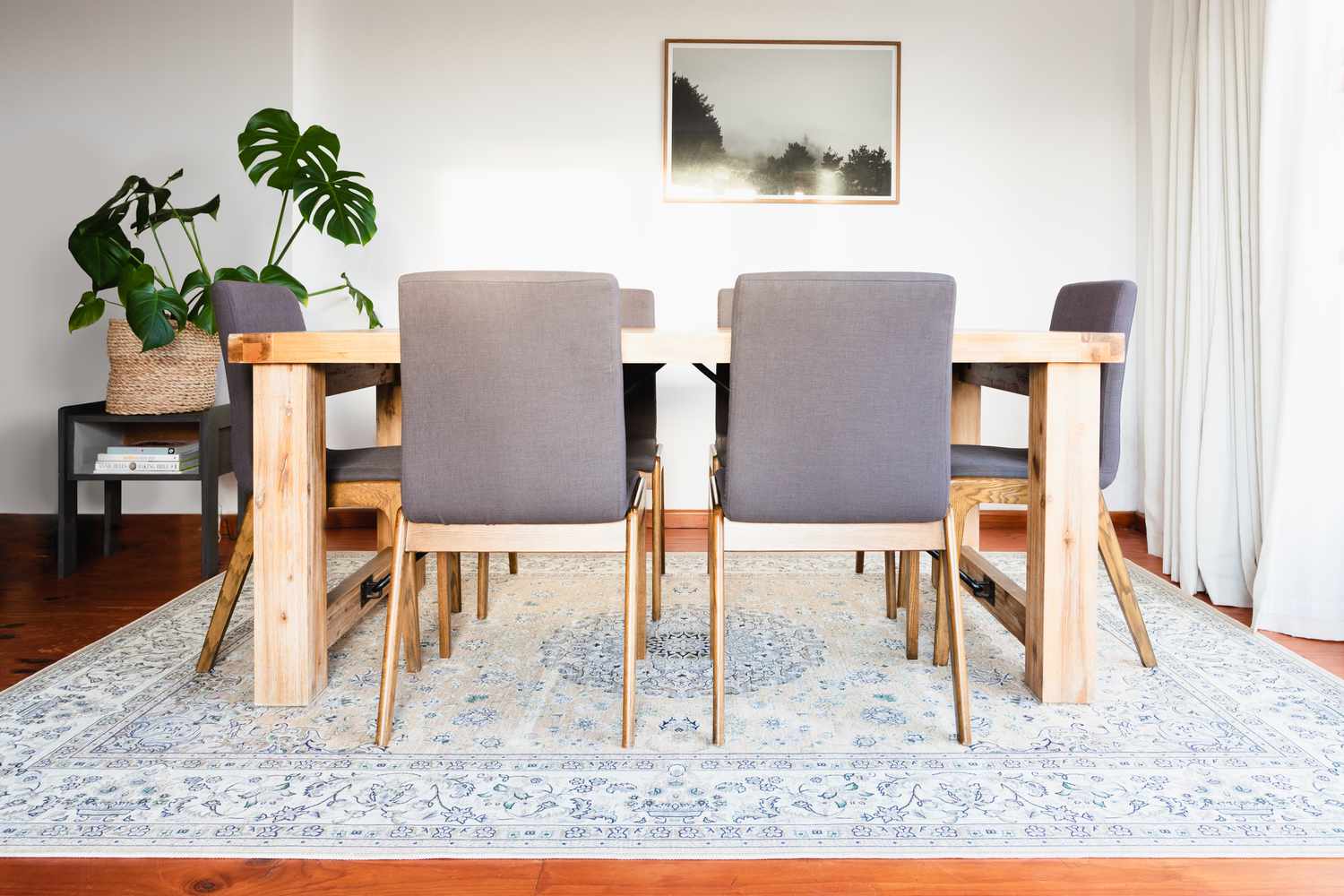
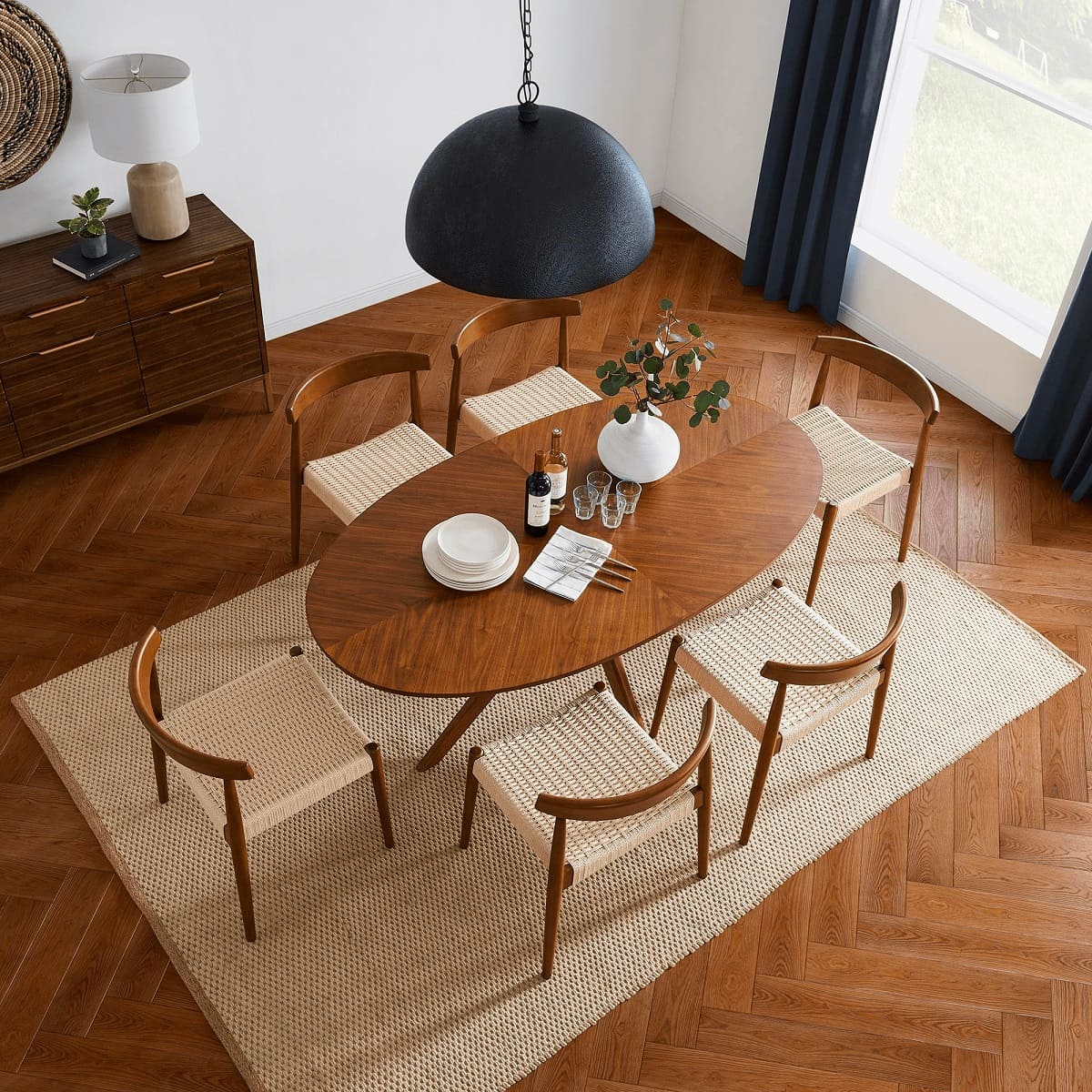

0 thoughts on “How To Properly Place A Rug Under A Dining Table”